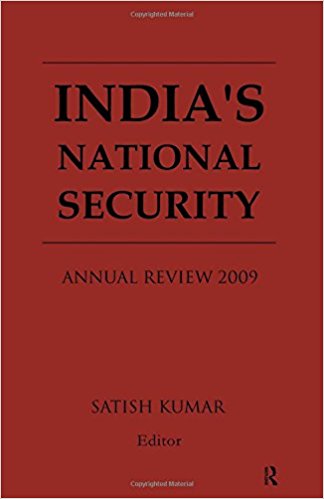Challenges to India’s security and future have never been more complex. India is increasingly hemmed in by a neighbourhood which is politically unstable, economically fragile and prone to be exploited by external forces, if not entirely inimical but with divergent strategic objectives. Internally, the country is faced with a host of insurgencies, rebellions and resentments, not all armed and violent but equally taxing. These challenges are magnified several times over by issues like transnational terrorism, climate change, geo-politics and competition for resources, specially water and energy. The key to find ways to address them is in understanding the complex matrix in which these challenges are situated. Often, policy miscalculations are caused by assessments of the situation driven by perceptions than ground realities. Policy makers as well as academics are often handicapped by the absence of a clear perspective in matters of strategy. The volume under review is a meaningful attempt to fill this void. Satish Kumar, the editor of the volume, deserves due credit for bringing out this volume every year, incorporating the voice of some of the best known experts and strategists in India.
Four issues have almost always dominated the contents in these volumes on India’s national security. These are India’s neighbourhood, internal security, US and China. This volume has included in its ambit issues like cyber warfare, technological challenges and defence. The focus, however, has largely been on South Asia and the impact of global transformations on India and the region as a whole. For instance, the chapter on China details its strategic interests in South and South East Asia. The author places the issue, very ably, in the context of the transformation of China’s strategic interests and vision.

